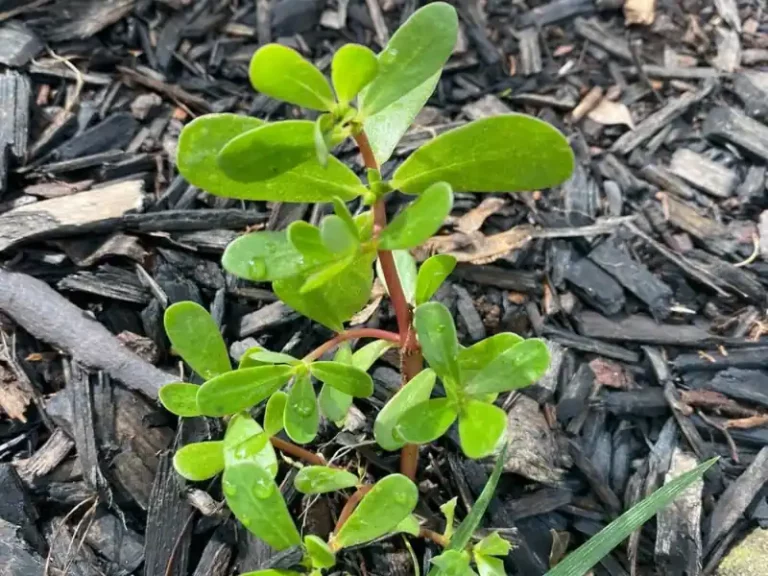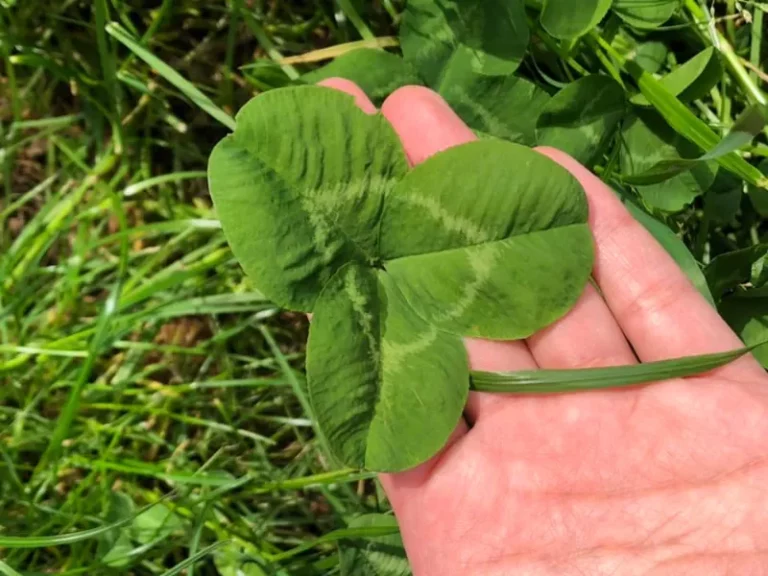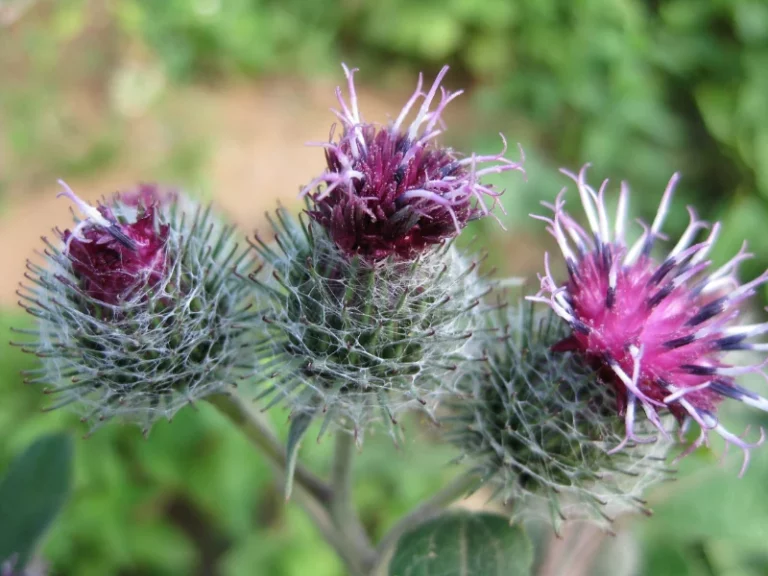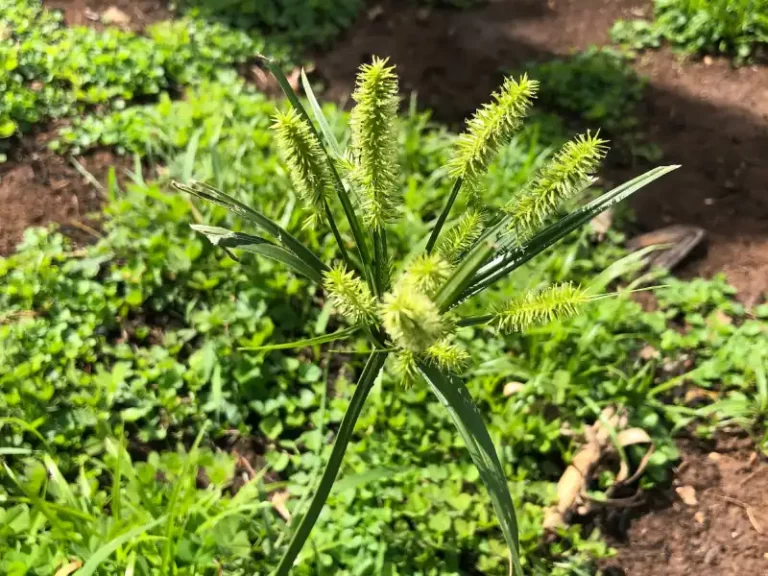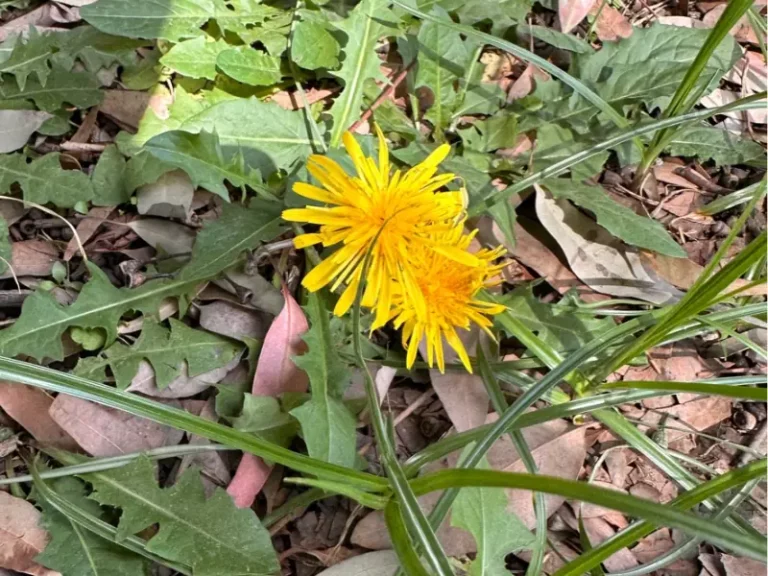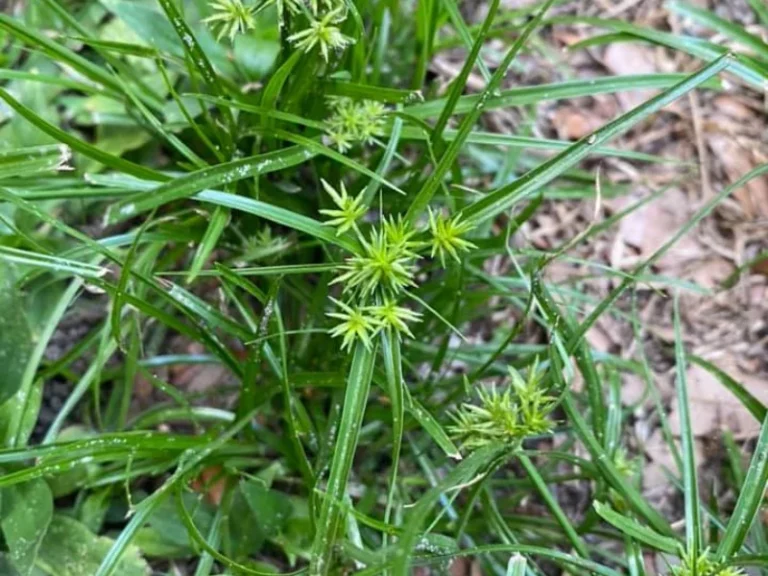Common Weeds in Kansas
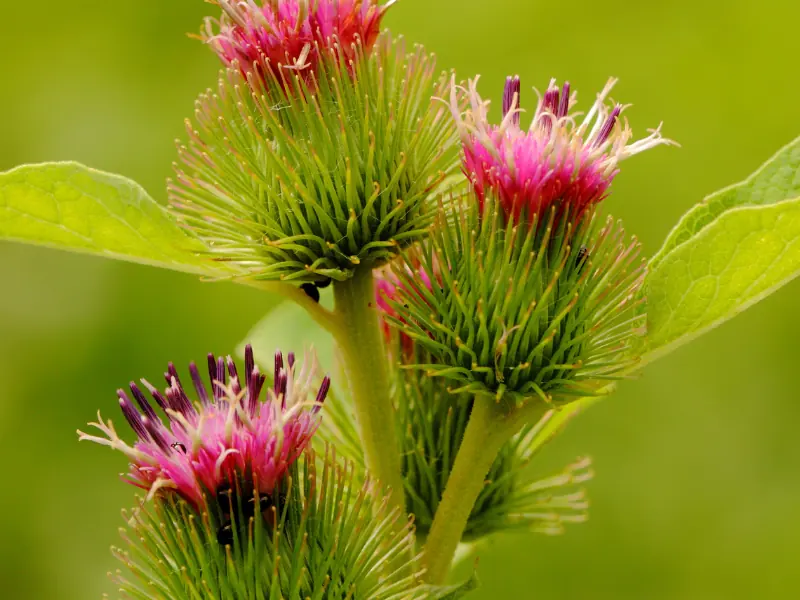
Kansas is known for its vast agricultural fields, which provide crops for the region. However, alongside these crops are several weeds that are a nuisance to farmers and gardeners trying to control them.
Common weeds in Kansas include Canada thistle, quackgrass, leafy spurge, bur ragweed, pigweed, spotted spurge, dandelion, violet, and clover.
These weeds compete with desirable plants for resources, cause soil erosion, and even release harmful chemicals into the soil.
Weeds that grow in Kansas
1. Canada thistle (Cirsium arvense)
Canada thistle is a perennial weed mainly growing along roadsides, forests, mining locations, and waste areas around Kansas.
It has a well-established root system that holds it firmly in the soil and acts as a fuel tank that stores food energy to ensure its winter survival. It comprises a long taproot that roots to about 18 ft in the soil, then lateral roots that emerge from it and spread to about 20 ft.
Canada thistle grows upright to about 5 feet tall, with slender stems that have leaves alternatively emerging from them. The leaves are green, hairy on both sides, nearly oval-shaped, lobed, and toothed with sharp spines along the margins.
At the stem’s tip are flower heads with pink and purple colors that bloom during late summer and produce airborne seeds germinating during spring.
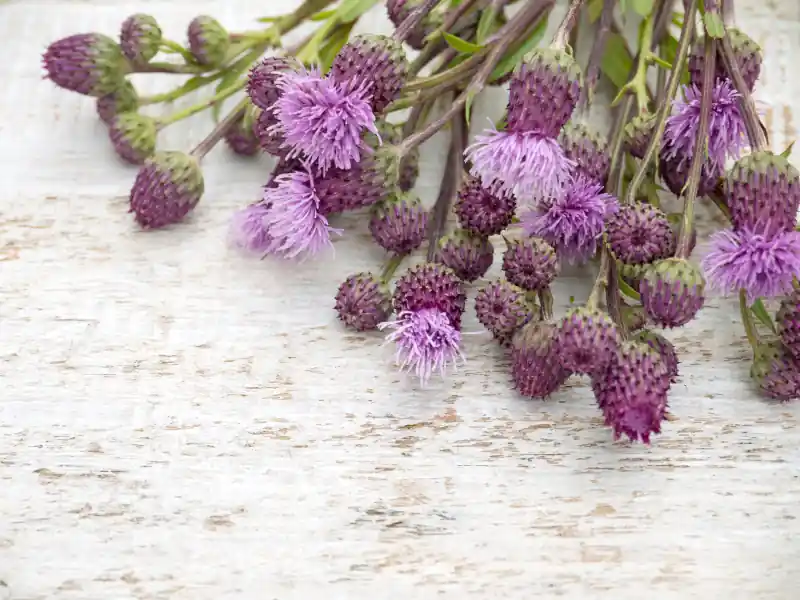
A Canada thistle infestation can lead to a mild yield reduction in crop fields since it competes aggressively for nutrients, water, and light.
How to get rid of Canada thistle
To effectively kill Canada thistle, spray glyphosate or herbicides containing Aminopyralid during spring while the plant is in the pre-bud stage and repeat during fall.
Preventive measures for Canada thistle
- Keep your lawn thick and healthy by fertilizing and watering correctly.
- Regularly mow at least 3 inches or higher to shade out sprouting Canada thistle.
- Regularly inspect your field and uproot them on sight at a young age.
2. Quackgrass (Elymus repens)
Quackgrass is a destructive cool season allelopathic perennial that releases chemicals that inhibit the growth of other plants and grass in your lawn. It will cause poor germination and wilting in crop fields.
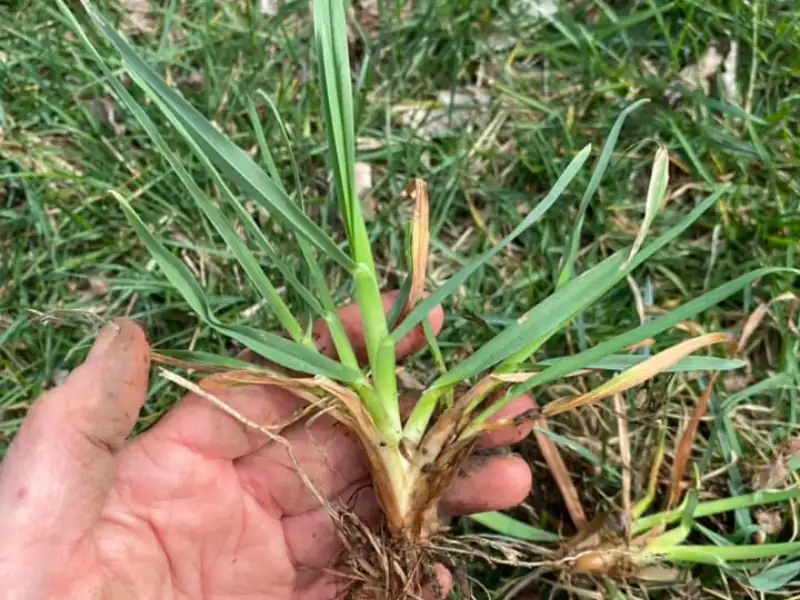
Quackgrass has long, flat, and narrow leaves that are usually 10 inches long. The leaves are smooth, hairless, and have pointed tips. The stem is hollow, upright, and can grow up to 4 feet tall. The plant has a dense root system of underground rhizomes that spread to about 23 inches laterally and 8 inches deep.
It prefers fertile compact soils that are not disturbed.
Quackgrass control
Use round-up non-selective herbicide to kill the quackgrass while it grows actively during spring or fall.
Alternatively, you can reduce its spread by introducing geese to the infested area that will feed on the leaves.
Prevention measures for quackgrass
- Plant competitive crops and grasses and properly fertilize them to make them grow quickly and deny the weed space to grow.
3. Leafy spurge (Euphorbia esula)
Leafy spurge, also referred to as green spurge, is a resilient, herbaceous perennial weed that tends to invade prairies, plantations, and pasture fields throughout the state of Kansas.
It emerges during spring and uses the available moisture and nutrients in the soil to spread and overtake grass in hay fields, pastures, and crops growing in an area.
You can identify leafy spurge by its greenish-yellow flowers that bloom during late spring and early summer. It also has simple droopy slender leaves that grow alternatively on the stem with a bluish and green coloration.
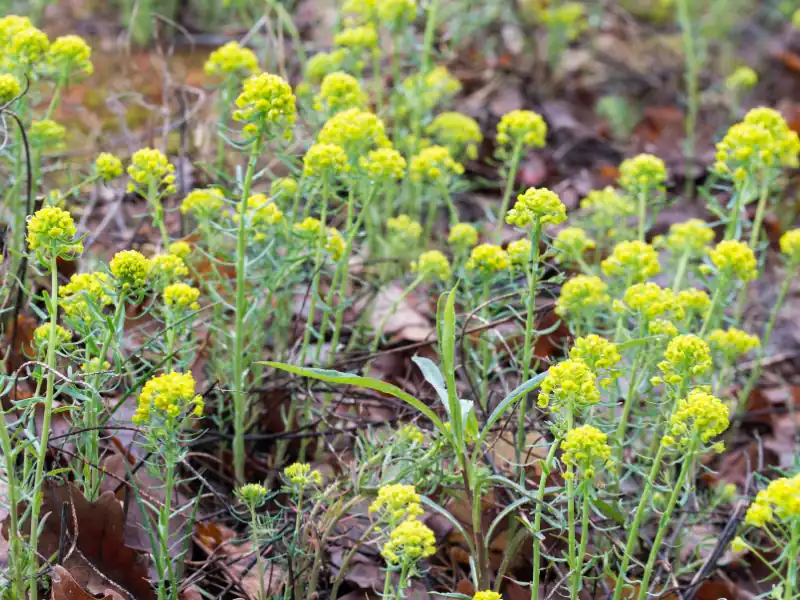
The stem can grow to 20 feet and dry out during late summer to survive in winter.
The weed mainly spreads by seeds produced during late summer and remains viable for almost eight years in the soil. This proves how it is challenging to eliminate leafy spurge.
How to control leafy spurge
Spray the weed with Picloram with 2,4-D herbicide during spring to kill it.
Uproot individual plants, then dispose of them far from your farm or lawn.
Preventive measures of leafy spurge
- Occasionally monitor your outdoor space to detect while still young and eliminate them. Dont, wait for them to mature since they would have already spread to large areas.
- Graze sheep and goats to feed on the weed.
- Introduce spurge beetles in the infested area to reduce their population. This method is only applicable to lawns. In plantations, the pest can damage your plants.
4. Bur ragweed (Ambrosia confertiflora)
Bur ragweed is a perennial weed that mainly grows on the western cultivated fields of Kansas. They compete with crops for water deep in the soil with the help of their long root system, which can reach about 25 ft underground.
The weed grows upright up to 2 ft with a bushy structure and stems that branch out from the base. The whole plant is covered with fine, woolly hairs and is purplish-white in appearance.
The leaves grow alternately near the shoot and opposite near the base, oval and pinnate with a purplish white appearance.
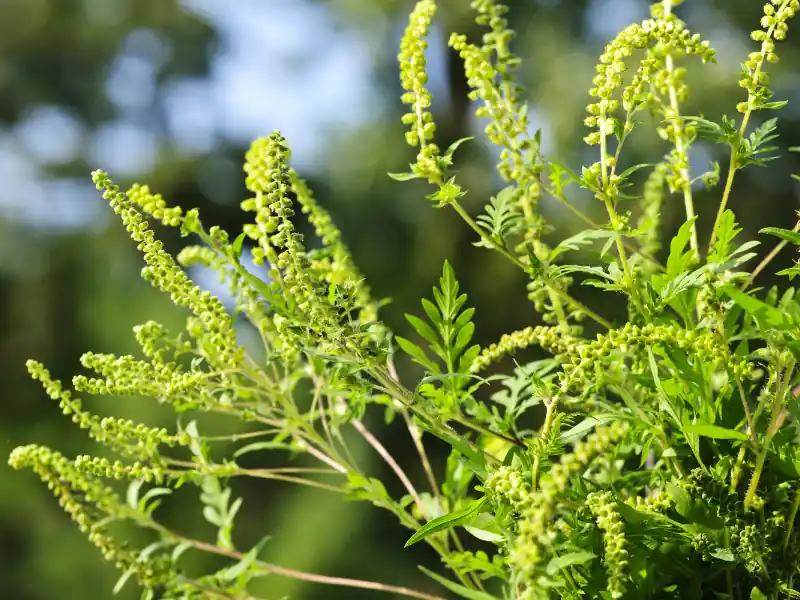
Despite the plant being an aggressive water competitor, it produces pollens during late summer that cause hay fever and allergies in some people.
How to get rid of bar ragweed
Spray bentazon or glyphosate pre-emergent herbicide to kill mature weeds.
You can also uproot single weeds, but this method is labor-intensive.
Preventive measures for bar ragweed
- Apply flumioxazin preemergence herbicide during late summer to kill its seeds.
- Mow twice in the growing season about 6 inches above the ground to reduce its population.
5. Pigweed (Amaranthus)
Pigweed is a summer annual broadleaf edible weed that thrives in fertile, compact soil conditions and full sun exposure. It emerges during early spring, produces seeds during the summer months, and dies in late summer, allowing space for other seedlings to sprout.
Pigweed has simple 5-inch long oval-shaped green leaves that grow alternatively on the stem. The weed grows erect to about 7 feet and produces green flowers between the stem and the leafstalk during summer.
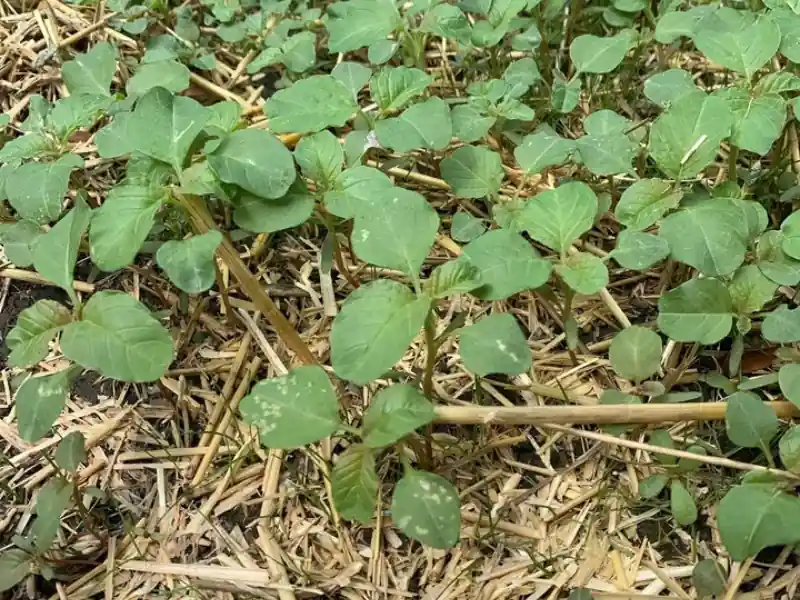
The weed in your garden or farm causes little undergrowth since it shades the ground with its broad leaves. The weed is also bushy, and this causes your garden to lose its aesthetic vibrance.
How to get rid of pigweed
Uproot the weed during spring months before they produce seeds.
Alternatively, use Ortho WeedClear post-emergent herbicide to kill mature weeds.
Preventive measures for pigweed
- You can introduce northern field crickets, ground beetles, and mice to eat pigweed seeds during late summer to help curb their population.
- Spray The Andersons Barricade Pre-Emergent Weed Control during early spring to kill its seeds.
6. Spotted spurge (Euphorbia maculata)
Potted spurge is a low-growing annual summer weed that produces a poisonous milky sap when any plant part is cut. It thrives best in full sun exposure and compact soil locations in lawns, gardens, and other cultivated areas.
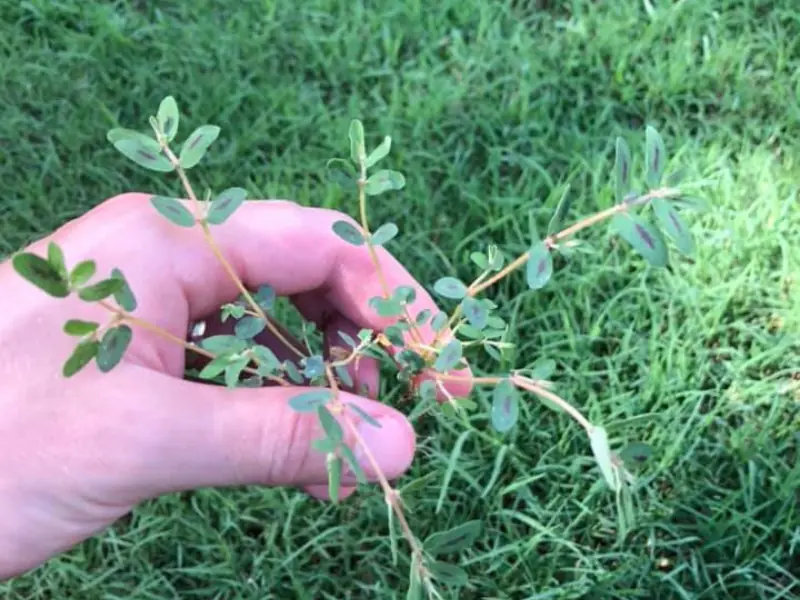
Spotted spurge is destructive because it grows very low on the ground, suppressing your lawn’s turf and reducing its quality and uniformity. Despite that, the weed is host to citrus grove insects and fungal diseases and also attracts ants with its seeds during summer.
You can spot spotted spurge in your fields by looking at its pink hairy stem with oppositely growing hairy oval-shaped green leaves with a dark spot at the middle.
How to control spotted spurge
Spray dicamba or glyphosate post-emergent herbicide to kill already mature spotted spurge.
Preventive measures of spotted spurge
- Maintain a thick, competitive turf that will deny spotted spurge growing space.
- Apply benefin post-emergence herbicide to the soil during late winter to kill its seeds.
7. Dandelion (Taraxacum officinale)
Dandelion is another flowering perennial weed that grows in lawns, waste areas, pastures, roadsides, crop fields, and humid regions throughout Kansas.
It has yellow flowers and can grow up to 20 inches tall. Its leaves are green and deeply serrated, giving them a toothed appearance. The flower head consists of many tiny yellow flowers arranged in a compact bunch.
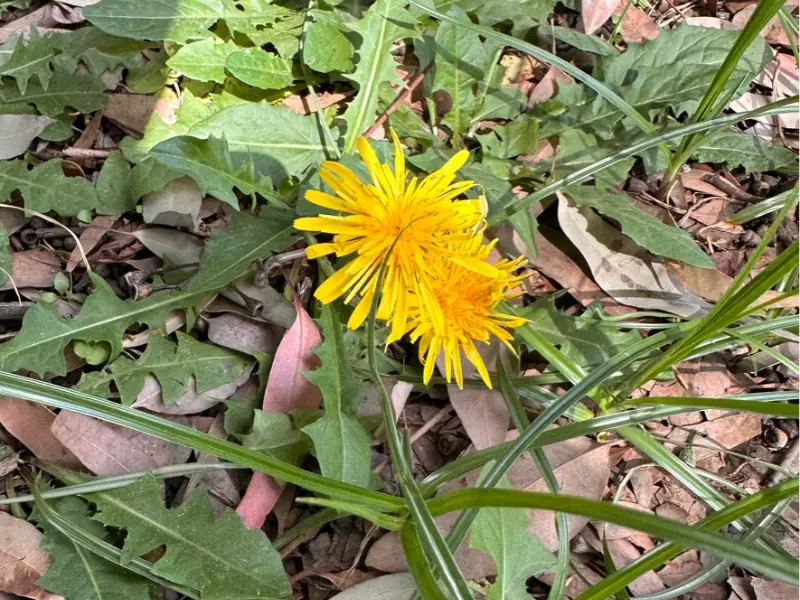
Dandelions are a nuisance in lawns and gardens as they can quickly spread and take over areas that are not wanted. Their deep taproots make them challenging to remove, and they can re-grow from even small portions of the root left in the ground.
In addition, the fluffy seeds of dandelions can be carried by the wind, spreading the plant to new areas and making it difficult to control.
How to get rid of dandelions
Apply weed killer during the mid-autumn to kill the weed.
Preventive measures
- Introduce prairie chicken during late summer to eat their seeds.
- Rabbits and wild turkeys also eat their leaves
- Mow the infested area regularly to remove their seed heads.
8. Chickweed (Stellaria media)
Chickweed is an annual plant that grows in cool and moist areas of Kansas’s lawns, gardens, and fields.
The plant has small, oval-shaped leaves arranged oppositely on the stem. The leaves are smooth and have a pointed tip. The weed also produces small, white flowers with five petals arranged in a star shape.
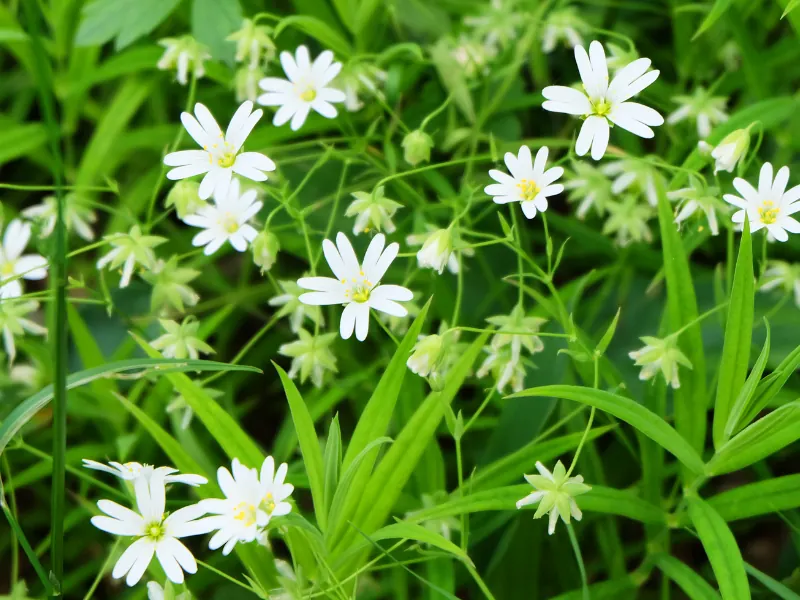
As a weed, chickweed is known to compete with other plants for nutrients and can quickly take over an area if left unchecked. It also harbors pests and diseases that can spread to other plants. In addition, the plant’s rapid growth and ability to produce large numbers of seeds make it difficult to control.
How to get rid of chickweed
Till the infested area in summer and let the sun’s heat burn the weeds.
Uproot individual chickweed plants.
Apply glyphosate herbicide in spring for broad infestations.
Preventive measures for chickweed
- Use pre-emergent herbicide with trifluralin to prevent chickweed growth.
9. Violet (Vioila sororia)
Wild violet is a low-growing weed with alternately growing serrated heart-shaped leaves and small purple flowers. The leaves are usually dark green, have a slightly glossy texture, and measure 4.5 inches long and 3.5 inches wide. The flowers are small, with five petals, typically deep purple, but sometimes turn to white or yellow.
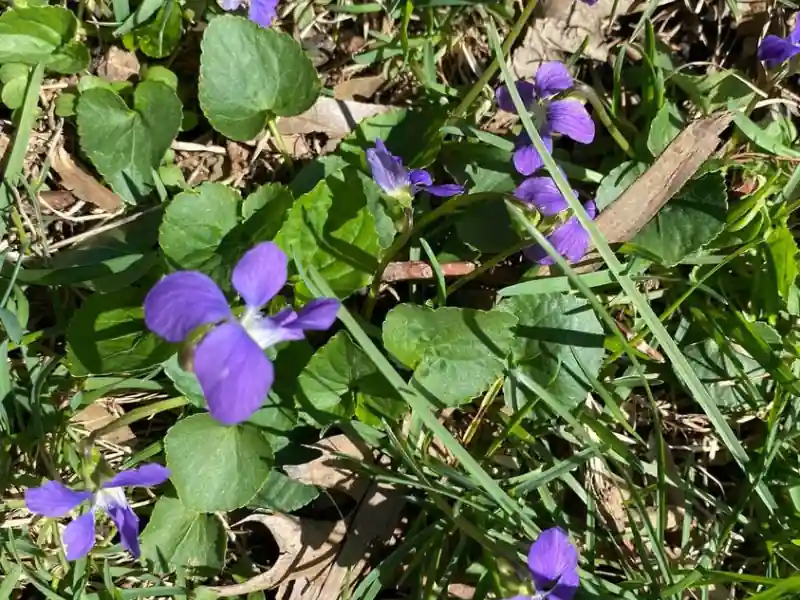
Wild violets usually grow in clusters and can spread quickly, forming dense mats that overtake other plants.
As a weed, wild violets grow so densely and block out other plants from getting sunlight and the nutrients they need to grow. They are also difficult to control, as they have a deep, fibrous root system that makes them resistant to many common herbicides.
Additionally, the thick mats of vegetation they form are a breeding ground for pests and diseases, which can further harm the surrounding plants.
How to get rid of violet weed
Use dicamba broadleaf killer on the weed during fall to kill it.
Preventive measures for violet
- Maintain a thick and healthy lawn to suppress young wild violets.
10. Clover (Trifolium repens)
Clover is another low-growing perennial weed that is a nuisance for lawn owners around Kansas. A single clover can spread up to 12 inches on your lawn, scattering white flowers that turn pink when the weed gets old.
The plant has creeping stems known as stolons with leaves growing from it alternatively. Its leaves are trifoliate, heart-shaped, and finely serrated at the edges. If you look closely, each leaflet has a v-shaped watermark.
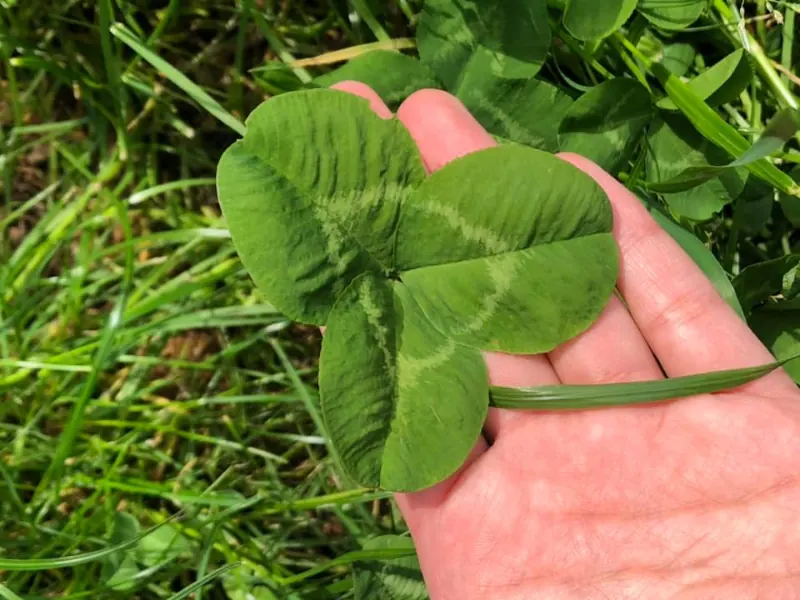
How to get rid of clover
Uproot individual plants manually.
Spray the weed with Weed-Out Lawn Weed Killer during fall to eliminate the weed.
Preventive Measures for Clover
- Maintain a healthy turf to deny growing space for clover.
- Also, mow your lawn as low as possible.
FAQ
What are the dangers of weeds in Kansas?
Weeds in Kansas cause a variety of problems. Some, such as Canada thistle, lower crop yields. Others, such as spotted spurge, damage lawns and other landscapes. And others, such as dandelions, quackgrass, and leafy spurge, spread rapidly and take over an entire lawn or crop field.
What are the legal requirements for controlling weeds in Kansas?
According to the General Notice to Control Noxious Weeds, all landowners in Kansas must control weeds on their property within 5 days from when they spot them. The Noxious weed department has listed the chemicals to control the weeds. If a landowner fails to control the weeds within the required time frame, the county may file criminal charges against the landowner.
Conclusion
Get to understand these weeds found in Kansas, their life cycle, and how to identify and control them, then you can prevent them from causing harm to other plants on your farm. In turn, you’ll be able to maintain healthy and beautiful gardens and fields.

